Power over Ethernet (PoE): Quick Guide to Network Efficiency
Last Updated on February 12, 2024
Imagine a world where running multiple cables for all your network devices is a thing of the past. A world where setting up security cameras, wireless access points, and even lighting systems becomes incredibly simple. That's the world of Power over Ethernet (PoE).
PoE technology revolutionizes network setups by delivering power and data over a single Ethernet cable. This streamlines installations, saves on costs, and simplifies network infrastructure management. Whether you're a business owner, IT professional, or tech-savvy homeowner, understanding PoE can unlock many valuable opportunities.
In this guide, we'll demystify Power over Ethernet, cover its major benefits, explore everyday use cases, and offer crucial considerations before implementation.
| Key Takeaway | Why It Matters |
|---|---|
| PoE streamlines cabling | Reduces clutter, installation time, and labor costs. |
| PoE enhances flexibility | Easy to add or move devices without worrying about power outlets. |
| PoE offers centralized management | Remote power control and monitoring through many PoE switches. |
| PoE is ideal for remote locations | Powers devices where outlets are scarce (ceilings, outdoors). |
| PoE future-proofs your network | Adapts to evolving technologies and increasing device power needs. |
Table of Contents
- 1 What is Power over Ethernet (PoE)?
- 2 PoE Standards
- 3 Key Benefits of PoE
- 4 Everyday Use Cases for PoE
- 5 Considerations Before Implementing PoE
- 6 PoE Powers the Smart Buildings of Tomorrow
- 7 Case Study: PoE Streamlines Medical Office Network
- 8 Conclusion
- 9 Glossary of PoE Terms
- 10 FAQ: Your Power over Ethernet Questions Answered
What is Power over Ethernet (PoE)?
At its core, power over Ethernet is a technology that eliminates the need for separate power cables for many network devices. It achieves this by transmitting electrical power and data over standard Ethernet cables. Think of it as your Ethernet cable with a “dual personality” – a data carrier and a power source.
Here's how it works:
- PoE-Enabled Switch: At the heart of a PoE setup is a PoE-capable network switch. It injects power into the Ethernet cable.
- PoE-Compatible Device: IP cameras, VoIP phones, wireless access points, and other devices designed to receive power over Ethernet connect via the cable.
- The Power “handshake”: PoE devices negotiate with the switch to determine the necessary power level.
- Data and Power Delivery: While delivering power, the Ethernet cable continues to transmit data seamlessly.
PoE Standards
| IEEE Standard | Power Delivered to Device (Watts) | Notes |
|---|---|---|
| 802.3af (PoE) | Up to 15.4 | Original PoE standard |
| 802.3at (PoE+) | Up to 30 | Increased power capability |
| 802.3bt (PoE++) Type 3 | Up to 51 | Supports higher-power devices |
| 802.3bt (PoE++) Type 4 | Up to 71 | Designed for very power-hungry devices |
Key Benefits of PoE
- Streamlined Cabling: One cable per device reduces clutter, especially in large installations. Simplifies both setup and visual appeal.
- Cost-Effectiveness: Combining power and data in one cable lowers cable costs. Less trenching, drilling, and overall installation labor reduces expenses.
- Scalable and Flexible: Adding or relocating PoE devices is easy. Just plug in! There is no need to find nearby power outlets, especially useful on ceilings or in remote locations.
- Centralized Power Management: Many PoE switches provide software control, allowing remote switching of device power on/off and monitoring power consumption.
- Resilient Power for Remote Areas: PoE delivers power to places where outlets are scarce, like high ceilings for access points or outdoor security cameras.
If you want to learn more about Power over Ethernet, you're in for a treat! Network Chuck has a fantastic video that dives deep into the nitty-gritty details. Trust me, you won't want to miss it! So grab some popcorn, sit back, and get ready to geek out.
Everyday Use Cases for PoE
From familiar business deployments to smart home enhancements, PoE has become useful in many ways:
- IP Security Cameras: Perhaps the most well-known PoE application. Network cameras receive power and video transmission capability without relying on traditional outlets. This allows optimal placement for the best coverage and a neater aesthetic.
- VoIP Phones: Many office phones are PoE-compatible, decluttering desks by powering the phone through the Ethernet connection to the network. This simplifies office moves and phone system administration.
- Wireless Access Points: Placing powerful wireless access points offering the most robust signal coverage is key to fast networks. PoE makes this easy without sacrificing performance due to placement limitations by needing power outlets nearby.
- LED Lighting Systems: Modern LED lighting is moving beyond simple on/off controls. PoE systems offer centralized management of smart lighting levels, color temperatures, and home and commercial automation scheduling.
- IoT (Internet of Things) and Sensors: With a proliferation of smart devices, PoE enables powering and connecting various environmental, presence, and air quality monitoring devices throughout a building through the existing network.
Considerations Before Implementing PoE
While incredibly advantageous, there are several key points to consider before incorporating PoE into your network:
- Power Needs: First, evaluate your power demands. Choose devices that align with your available PoE switch budget. If powering high-wattage devices, look for the PoE++ standard capabilities.
- Device Compatibility: Make sure your devices are PoE-compatible. Look for IEEE 802.3af/at/bt markings or check their data sheets.
- Cabling Requirements: Some higher-power PoE standards may necessitate specific cable types (Cat5e vs. Cat6, for example). This might be an opportunity to improve the overall cabling in your building!
- Professional Consultations: For complex or large-scale networks, consider hiring an expert to help set up the PoE systems properly and maximize network security and performance.
PoE Powers the Smart Buildings of Tomorrow
Gone are the days of standalone devices. PoE is a driving force behind the rise of interconnected “smart buildings.” Many innovations leverage PoE for power and network connectivity, from automated blinds that optimize sunlight and reduce energy costs to intelligent thermostats that learn heating/cooling preferences. This simplifies wiring and offers centralized control and monitoring, streamlining building management for greater efficiency and occupant comfort.
Case Study: PoE Streamlines Medical Office Network
We work with many businesses across the Miami area to create streamlined and efficient networks. A Coral Gables medical practice recently sought our help addressing its cluttered IT setup. Outdated Cat5 wiring and a bulky CCTV system cluttered their network rack, impeding IT performance and future updates. This is where the versatility and power of PoE technology came to the rescue.
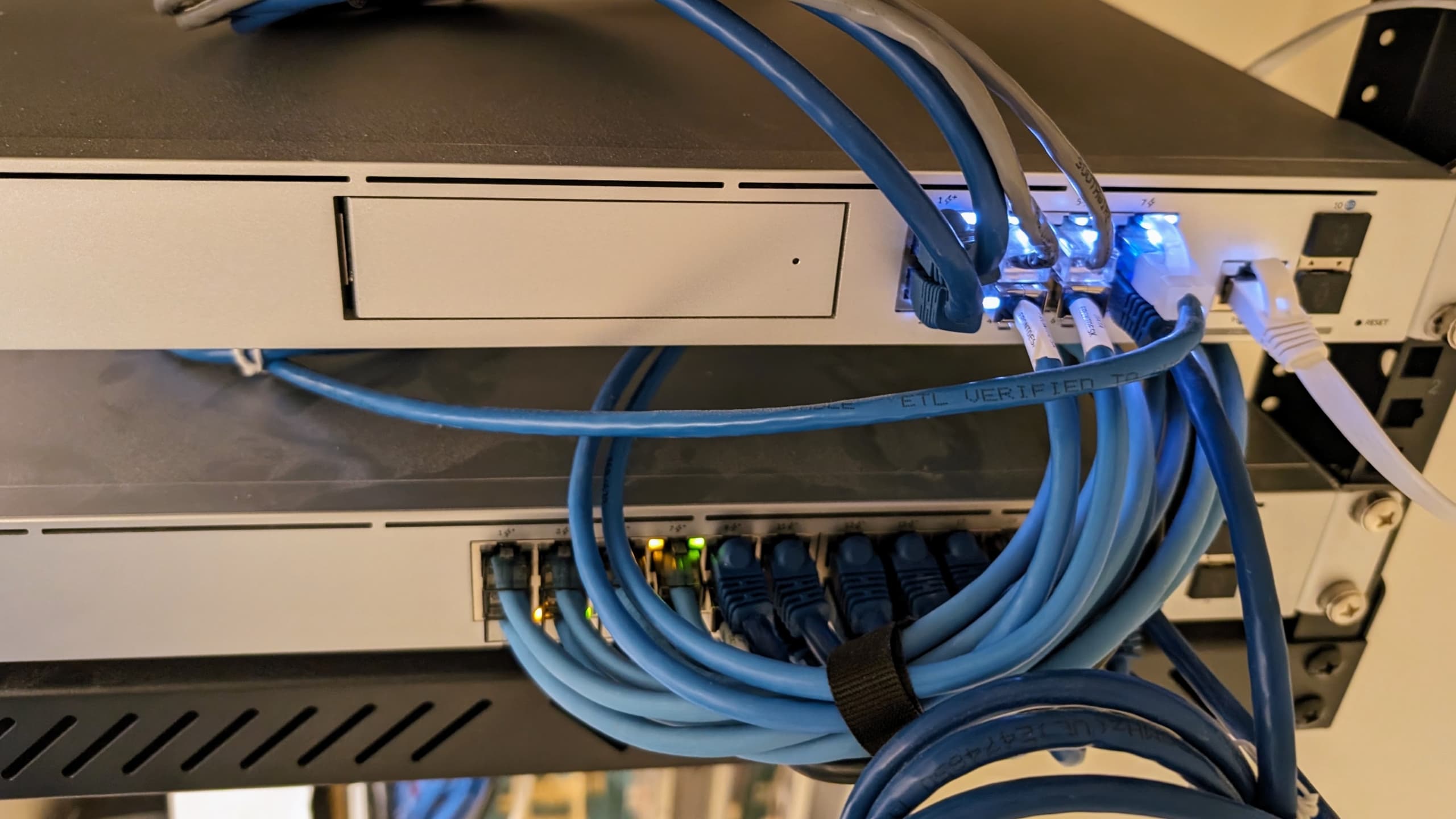
The Challenge
- Messy, legacy Cat5 network infrastructure
- A space-consuming separate power setup is needed for the CCTV system.
- Difficulty in scaling or optimizing the system for future needs.
The PoE Solution
We implemented a comprehensive UniFi IT system alongside a PoE upgrade to create a sleek and modern network. Specifically, we installed:
- A UDM Pro (UniFi Dream Machine Pro) as the network core
- A UniFi PoE switch to power both access points and security cameras
The Impact
- Dramatic Reduction in Cable Clutter: Utilizing PoE eliminated separate power needs for the cameras, making the network much neater.
- Enhanced Scalability & Management: The UniFi system allows for easily adding devices and centralized network control.
- Future-Proofing: The firm gained a foundation for further tech updates and expansion without major rewiring.
Thanks to the PoE simplification, Our IT processes are smoother, and the system feels less intimidating for staff to manage.
Ready to harness the benefits of PoE for your business? iFeeltech offers tailored network design and PoE installations for offices of all sizes in the Miami area. Contact us for your network efficiency consultation today!
Conclusion
We've uncovered how PoE works and its practical advantages for simple and complex network applications. PoE has transformed how we design networks from reduced cabling to flexible device placement. Its efficiency and cost-saving characteristics make it an indispensable technology for many businesses and homeowners.
As technology marches forward, so does PoE. Newer, higher-power standards open up the possibility of connecting more devices over the network than ever before. We can anticipate smart automation with environmental or power grid controls using PoE and even larger smart appliances becoming part of the connected landscape.
If you're considering optimizing your network with PoE or are curious about what's possible, iFeeltech is here to guide you. Let our Network Specialists provide tailored solutions, ensuring a smooth installation that harnesses the full potential of Power over Ethernet.
Contact us today, and let's build a more efficient future together.
Glossary of PoE Terms
- IEEE (Institute of Electrical and Electronics Engineers): The global organization responsible for developing and setting many technology standards, including those for Power over Ethernet.
- PoE (Power over Ethernet): The technology of transmitting both electrical power and data over a single Ethernet cable.
- PoE Switch: A network switch capable of injecting power into compatible Ethernet cables, forming the backbone of a PoE setup.
- PoE Injector: A device that adds PoE capability to a standard, non-PoE switch, making it possible to power a single device like a camera or access point.
- PoE Standards (802.3af, 802.3at, 802.3bt): Defines different power levels supported by PoE technology. Newer standards can power more demanding devices.
- PoE-Compatible Device: Network devices (security cameras, IP phones, etc.) designed to receive power directly over an Ethernet connection.
FAQ: Your Power over Ethernet Questions Answered
Do all my network devices need to be PoE-compatible?
No! Your network can seamlessly incorporate both PoE and non-PoE devices. Only the devices you wish to power through the Ethernet cable need PoE capabilities.
Can I upgrade my existing network to PoE?
Absolutely. The process might involve a PoE switch, PoE injectors (for individual devices), and potentially cabling upgrades depending on your current infrastructure and the power needs of your desired devices.
Is PoE safe for my network?
Yes, PoE has built-in safety mechanisms. Devices negotiate power needs with the switch, preventing damage. Always utilize quality equipment and consider a professional for setup of complex setups to ensure it's done correctly.
Whats the difference between PoE, PoE+, and PoE++?
These standards (802.3af, 802.3at, and 802.3bt) primarily differ in how much power they can deliver over the Ethernet cable. Higher standards are designed for power-hungry devices like PTZ cameras or touch-screen control panels.
Can PoE be used in Miamis humid climate?
Yes, but as with any technology, choose switches and devices properly rated for your environment (indoor, outdoor, humidity range). Professional installers like iFeelTech help remove the guesswork of equipment selection for Miami's unique conditions.

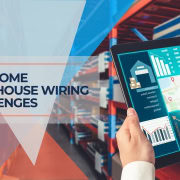


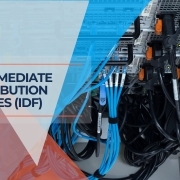

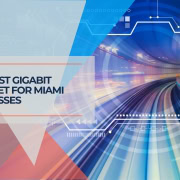

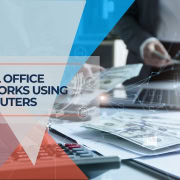


Leave a Reply
Want to join the discussion?Feel free to contribute!